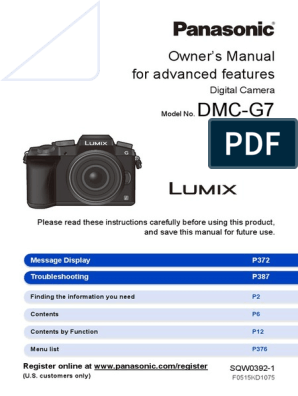0% found this document useful (0 votes)
62 views60 pagesUnit 5 Introduction Robot Vision
ROBOT VISION
Uploaded by
Philile NgwenyaCopyright
© © All Rights Reserved
We take content rights seriously. If you suspect this is your content, claim it here.
Available Formats
Download as PDF, TXT or read online on Scribd
0% found this document useful (0 votes)
62 views60 pagesUnit 5 Introduction Robot Vision
ROBOT VISION
Uploaded by
Philile NgwenyaCopyright
© © All Rights Reserved
We take content rights seriously. If you suspect this is your content, claim it here.
Available Formats
Download as PDF, TXT or read online on Scribd
/ 60



















































































































